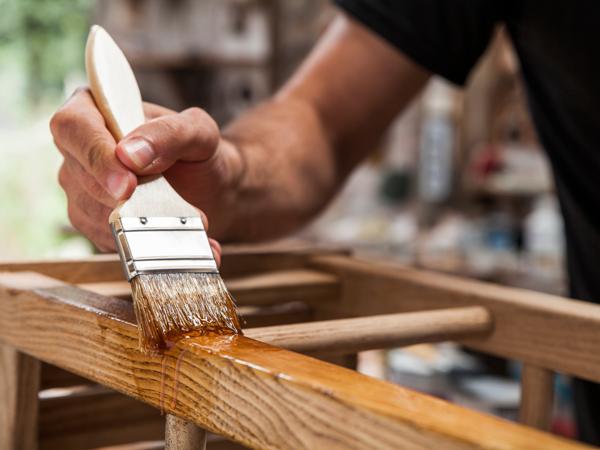Welcome to the fascinating world of faux finishes! Whether you're a seasoned DIY enthusiast or someone just dipping their toes into home improvement, faux finishes offer a wonderful way to add texture, depth, and character to your spaces. It’s an accessible art that allows you to transform your walls using simple tools and a bit of creativity.
What Are Faux Finishes?
Faux finishes are decorative painting techniques that recreate the look of materials such as marble, wood, or stone. This approach adds interest and dimension to plain surfaces without the expense and hassle of sourcing the real thing. These techniques can be used on walls, furniture, and even accessories around the house.
Why Choose Faux Finishes?
Faux finishes can give a unique touch to your interiors. They can be subtle or dramatic, depending on your preference. Not only do they enhance aesthetics, but they can also disguise imperfections on walls. The beauty of faux finishes lies in their versatility and the potential for personalization.
Popular Faux Finish Techniques
Below are a few commonly used faux finish techniques you might consider for your next home project.
1. Color Washing
Color washing is an easy and effective method that adds warmth and depth to a room. This technique involves applying a translucent glaze over a base coat of paint in gentle strokes. The result is a softer look with subtle variations in color. Tools required typically include a brush or rag. It’s a forgiving technique that doesn't demand perfection.
2. Sponging
Sponging creates a textured effect that can bring lively energy to any space. You simply dip a sponge into paint and dab it onto the wall over a base color. This random placement creates a unique pattern every time. Play with different colors or sponge sizes for varied effects. It's quite beginner-friendly, with mistakes easily remedied by sponging over any mishaps.
3. Rag Rolling
Rag rolling offers a more sophisticated look, mimicking the appearance of fine textures. After applying a base coat, a bunched-up cloth dipped in glaze is rolled across the wall. The method introduces rich visual textures and works well with various color combinations. Remember to practice on a sample board to perfect your technique before tackling larger areas.
4. Marbling
For those interested in a touch of elegance, marbling can simulate the luxurious appearance of real marble. It requires layering colors and using specific tools like feathers or brushes to create vein-like patterns. Marbling might take some practice, but it truly impresses with its intricate results. Patience is key here.
5. Wood Graining
Wood graining is perfect for individuals who love the look of natural wood. This technique uses tools like combs or rollers to create grain patterns over a base coat. It's suitable for doors, cabinets, or even full walls to replicate a wooden finish. This can offer a cost-effective way to achieve a rustic or classic look.
Tips for Successful Faux Finishes
Start Small: If you're new to faux techniques, consider starting on smaller projects like furniture or accent walls.
Experiment with Colors: Mixing colors can be a fun part of the process. Sample various combinations before starting your painting and decorating project.
Use Sample Boards: Before applying to your walls, test methods on sample boards to perfect your technique without impacting large surfaces.
Take Your Time: Valuable results come with patience and practice. Don’t rush the process.
Research and Learn: Many online tutorials and workshops can guide you through various techniques. Take advantage of these resources.
Conclusion
Faux finishes open up endless possibilities for personalizing your home. These techniques not only provide a creative outlet but also enable you to express your individual style in unique ways. Through practice and experimentation, you might discover new favorites that fit beautifully into your home's decor.
If you wish to explore further, there are numerous books and online resources that delve into the intricacies of faux painting. Take your time to experiment, and remember that each brushstroke adds to a truly personalized space. Enjoy the journey of transforming your home!




